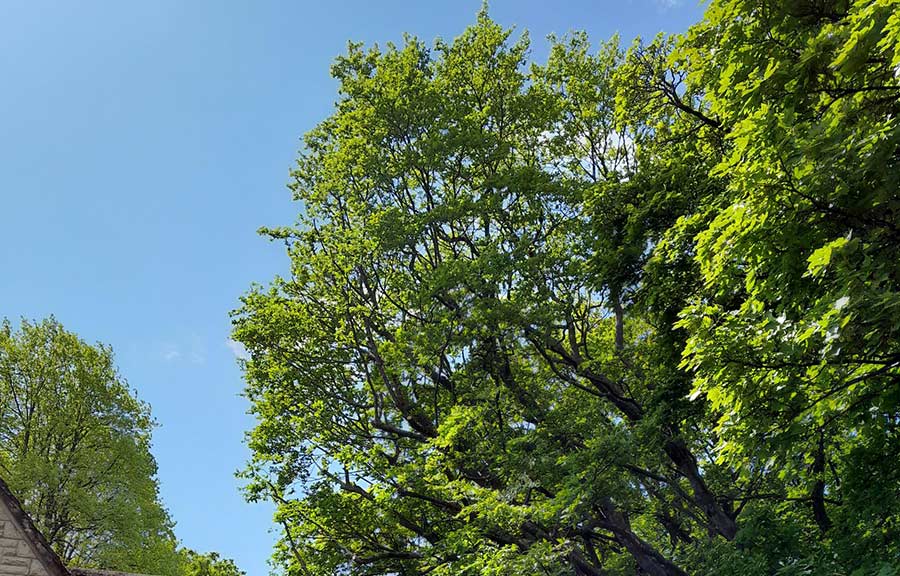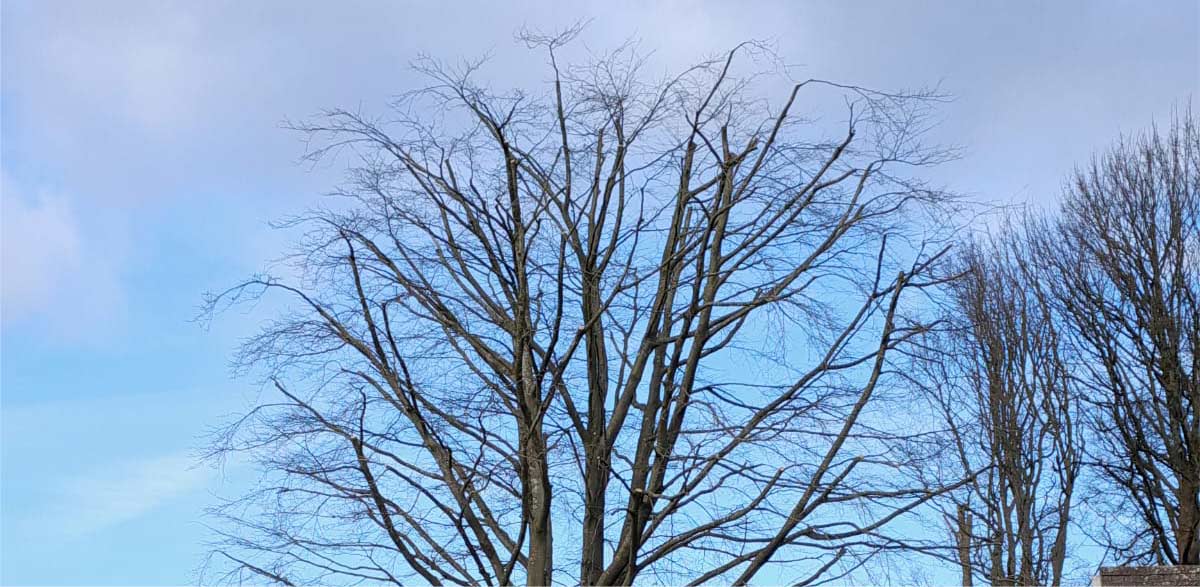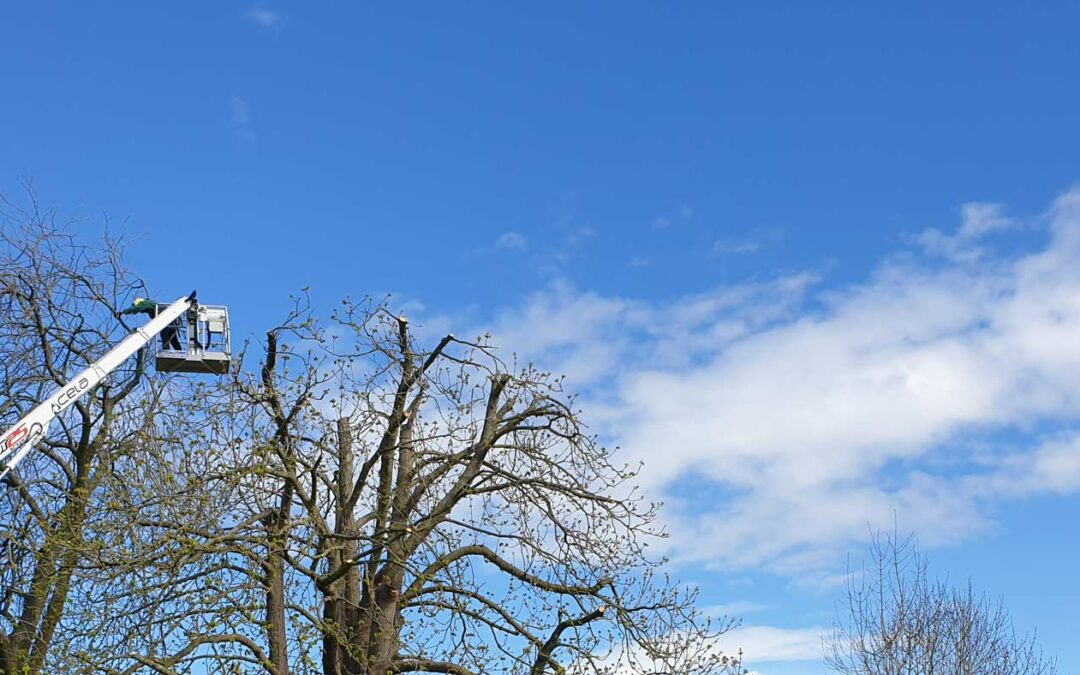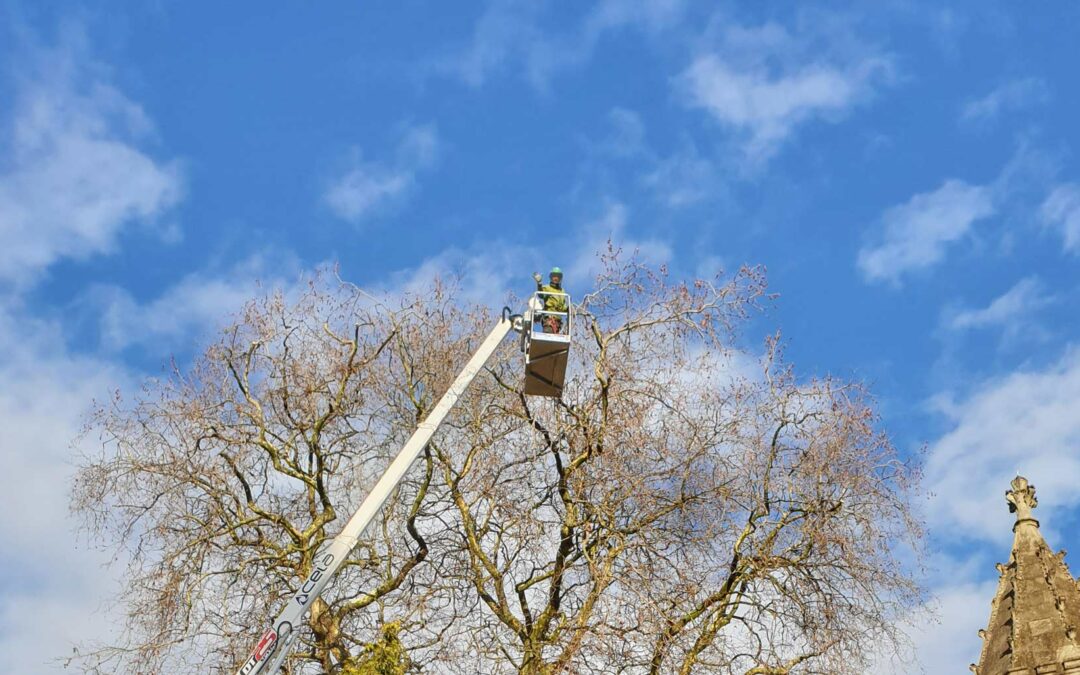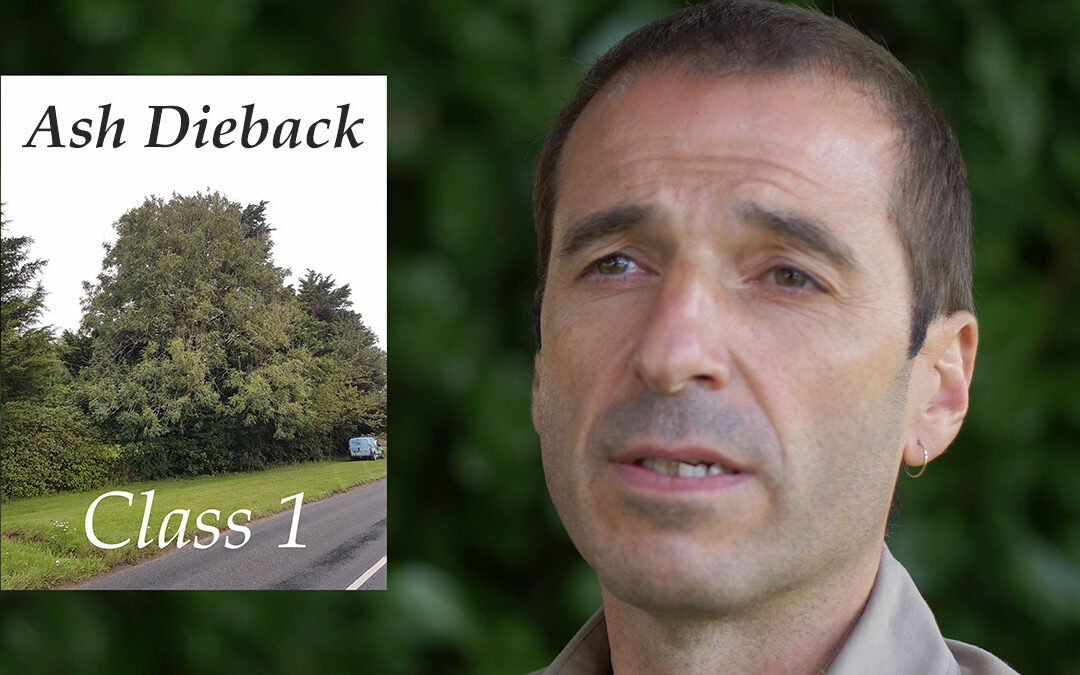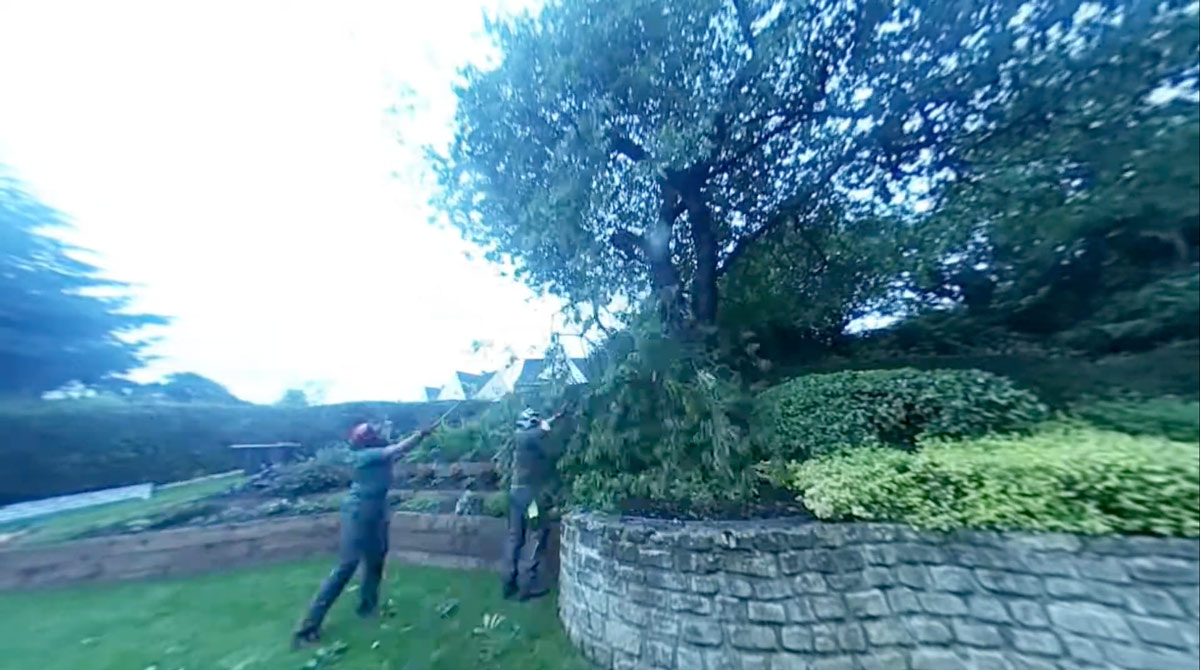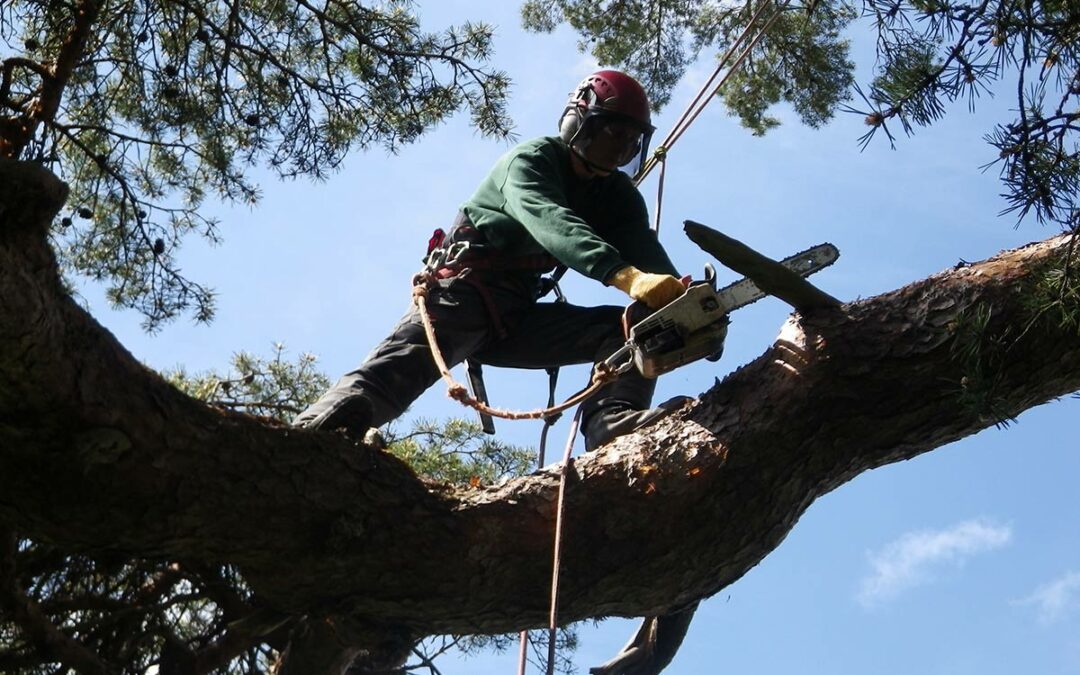We are often asked for help with how to deal with this troublesome disease. Much of the text on this sheet is taken from the Royal Horticultural Society’s excellent web site www.rhs.org.uk which is a mine of useful information for the garden owner, and duly acknowledged.
Spotting Honey Fungus
Honey Fungus (Armillaria species) is a common fungus that exists frequently on dead plant material, but has the ability to become parasitic on the living roots and lower stem of many sorts of plant. It spreads from infected plants by direct contact with the roots of neighbouring healthy plants and also through the soil by means of the bootlace structures. Plants under stress, due to poor growing conditions, tend to be more vulnerable. Certain genera are more susceptible than others and these are listed overleaf along with species reckoned to be more resistant. Most often afflicting woody plants, it may also attack herbaceous perennials (strawberry plants are used in research, being susceptible!). Airborne spores can start new sites of infection, typically on conifer stumps (sometimes Birch).
There are a few different species of Armillaria, some of which are saprophytic (non-aggressive), however distinguishing them apart is difficult. The fungus is often only spotted when the dramatic toadstools appear – this only happens briefly in the autumn and they soon disintegrate into a slimy black mess. There is a cluster of pale-stemmed toadstools up to 150mm (6”) tall at the base of, or close to, the infected plant. The honey-coloured caps are about 50 – 70mm across (2 – 3”). A whitish, collar-like ring on the stem, just below the cap, distinguishes it from another similar-looking but non-troublesome fungus. Prising back the bark at ground level is likely to reveal a thin creamy-white layer of fungal mycelium, with a strong mushroomy smell, covering the underlying wood. Affected roots may be wet and rotten. Sometimes, the black ‘bootlaces’ or rhizomorphs by which it spreads may also be found under the bark or in the soil around affected plants – but these are frequently absent in my experience.
How does it affect the garden?
Although the active part of the fungus is beneath the ground, the above-ground effects can be dramatic, as in the sudden death of a shrub. Small leaf size, premature autumn colour and leaf fall, or an unusually heavy crop of flowers or fruits may precede death.
Control of Honey Fungus
When Honey Fungus has been confirmed, all dead plants should be dug up and destroyed. The stumps, which may act as reservoirs of infection, should be removed if practicable (this is good practice generally as uninfected stumps can go on to become a source of Honey Fungus in the future). Stump grinding removes much of the stump however I would not claim this as a miracle answer as deep wood, lateral roots etc will remain in situ, at least with large stumps. I have been told by Westonbirt that the grindings (small fragments of wood) do not support the fungus. I have however seen the fungus growing into nearby cut logs so, if retained, these are best stacked off the ground and in the dry.
If the stump can not be removed then treatment with Ammonium sulphamate is thought to give some protection against Honey Fungus. This is because it degrades to Ammonium sulphamate – a fertilizer, encouraging other non-pathogenic fungi first, so limiting colonisation by Honey Fungus. We used to carry out this treatment but the product has fallen victim to legislation designed to improve safety but in this case has removed an excellent and extremely safe product (the supplier not being able to justify the huge costs involved) which is extremely frustrating for us (it is however legally available as a ‘compost accellerator’).
In the past we have been able to supply Armillatox or Jeyes Fluid which many have found helpful. However this also no longer has label approval for this purpose (although it is still available as a patio cleaner) and so unfortunately there is currently no chemical treatment we can recommend or apply for our clients.
Where the source of infection is precisely located, its spread may be inhibited by inserting a vertical barrier of heavy polythene or butyl rubber pond liner material to a depth of about 30cm (12in). However I think it is a rather risky strategy (and not easy or cheap!) so we have never actually done this for clients.
Improving vigour of trees and shrubs, by attention to soil drainage and nutrition, should render them less likely to succumb. There is also some evidence that a natural ‘forest floor’ environment, with leaf litter and other fungi present, acts as some deterrent – the relatively sterile conditions of many gardens probably allowing Honey Fungus to proliferate. Which is interesting!
The best strategy for the longer term is to choose carefully when you come to replant where Honey Fungus may be present. The following species list gives the best information available at present. Other species may be moderately susceptible, or no information available. I would always be interested to hear of other information, even anecdotal, and especially any successes. Good luck!
Particularly susceptible plants
Acer (Maples – except for A negundo)
Araucaria (Monkey Puzzle)
Betula (Birch)
Buddleia
Calocedrus (Japanese Cedar)
Cedrus (Atlas, Deodar and Lebanon Cedar)
Cotoneaster
Cypress, inc Leylandii
Forsythia
Hydrangea
Juglans regia (but not other Walnut species)
Ligustrum (Privet)
Malus (Apples and Crabs)
Metasequoia (Dawn Redwood)
Peonies
Pinus (Pine)
Prunus (inc Apricots, Cherries, Peaches, Plums – but see resistant list)
Pyrus (Pear)
Rhododendron
Ribes (Currants)
Roses
Salix (Willows)
Sequoiadendron (Wellingtonia)
Sorbus (inc Mountain Ash, Whitebeam)
Syringa (Lilac)
Thuja (Western Red Cedar)
Viburnum
Wisteria
More resistant plants
Abies
Acer negundo* (but not other Acer species)
Ailanthus altissima (Tree of Heaven)
Bamboos
Buxus (Box)
Castanea (Sweet Chestnut)
Carpinus (Hornbeam)
Catalpa (Indian bean tree)
Chaenomeles (Japanese Quince)
Choisya
Cotinus (Smoke Bush)
Elaeagnus
Fagus (Beech)
Fraxinus excelsior (Ash)
Fothergilla
Hebe
Ilex (Holly)*
Juglans nigra* (Black Walnut) and J. hindsii* (but not J. regia, English Walnut)
Juniperus (Juniper)
Larix (Larch)
Liquidambar
Nothofagus
Photinia
Pieris
Pittosporum
Platanus (London Plane)
Prunus laurocerasus (Portugal Laurel) and
P. spinosa (Blackthorn)
Pseudotsuga menziesii (Douglas Fir)
Tilia species (Lime)
Quercus species (Oak)
Robinia (False Acacia)
Tamarix (Tamarisk)
Taxus (Yew)*
*thought to be the most immune

